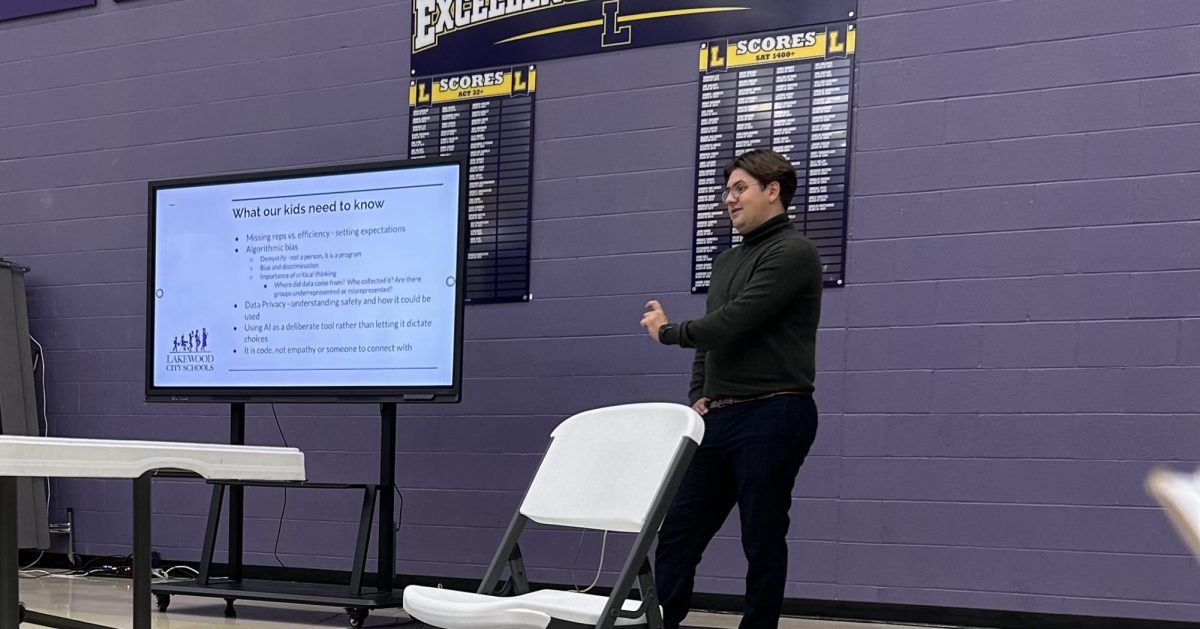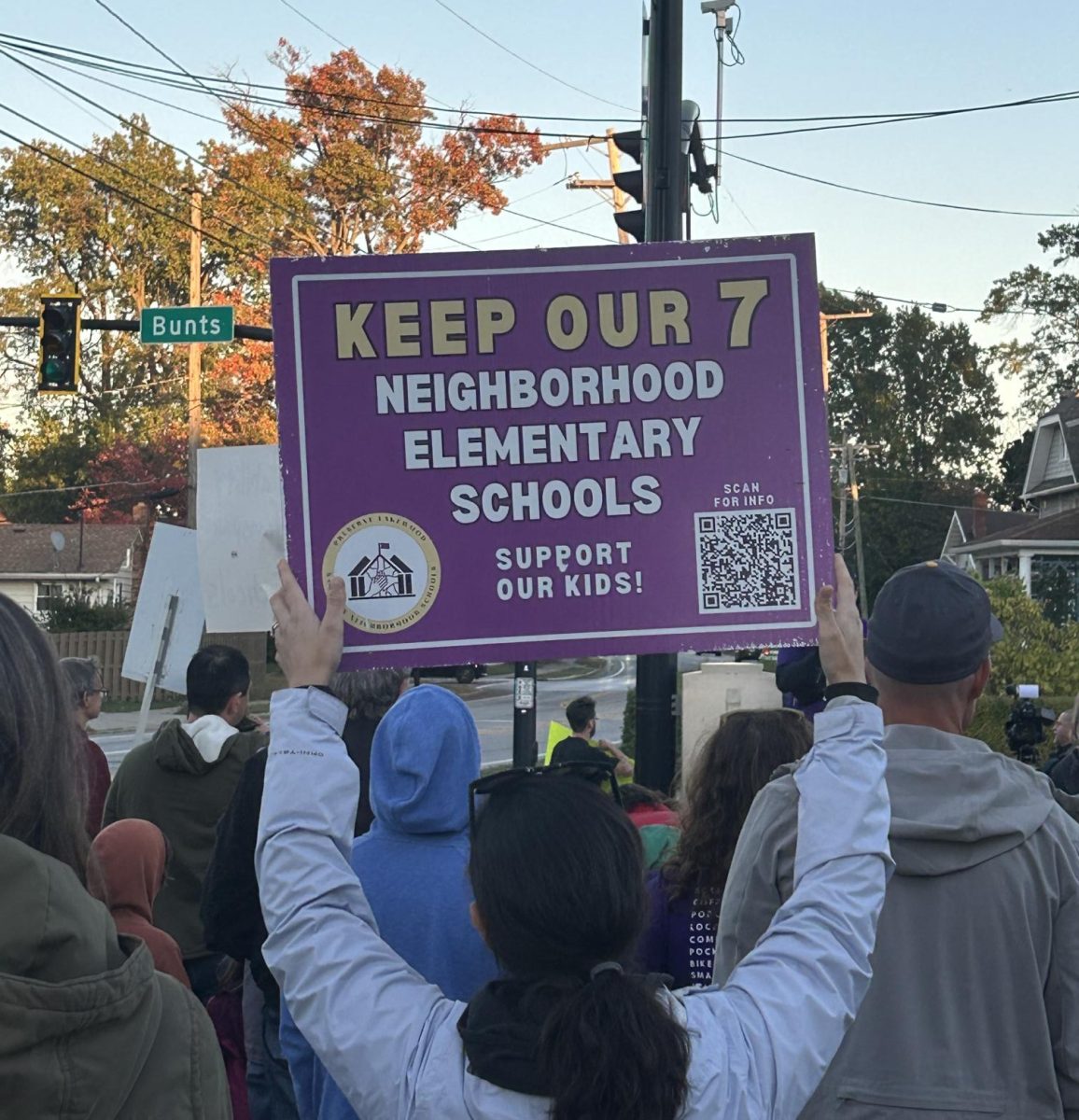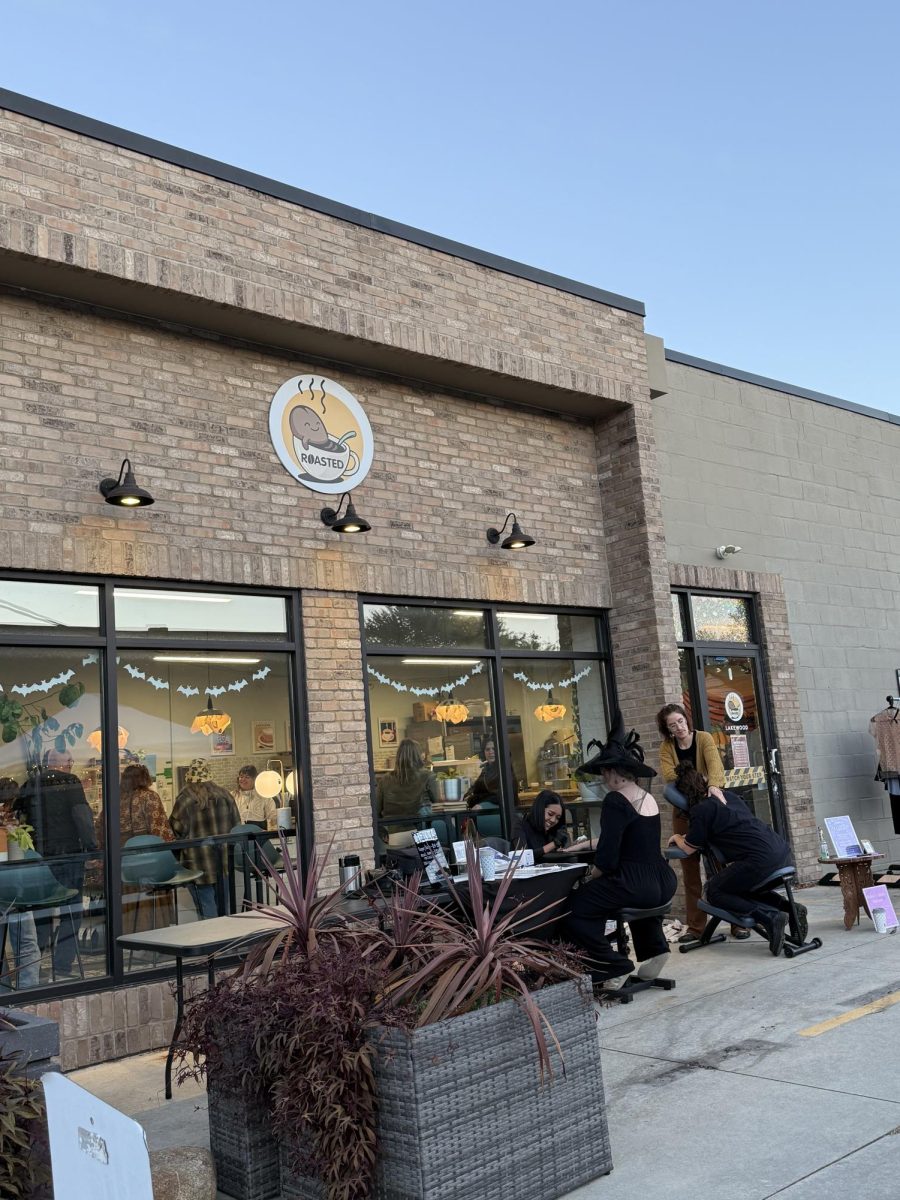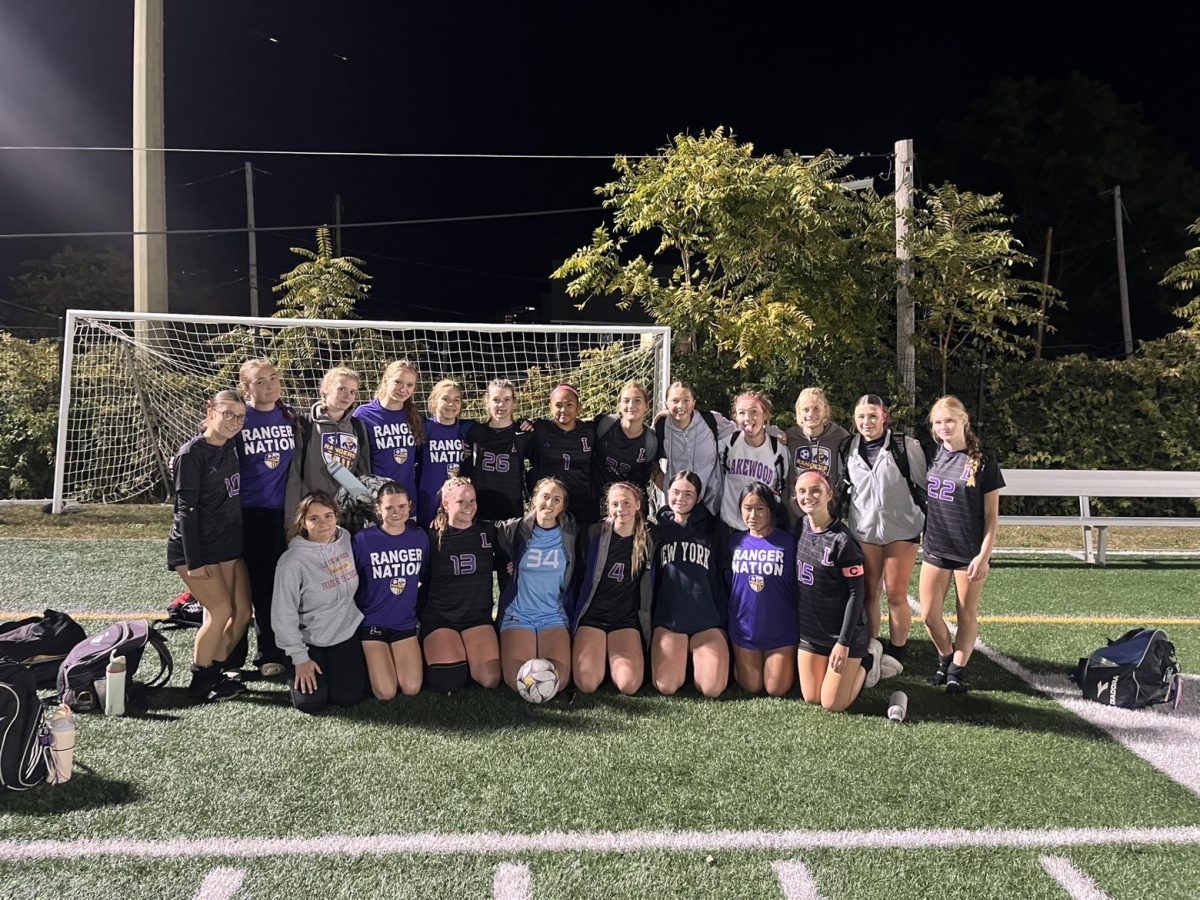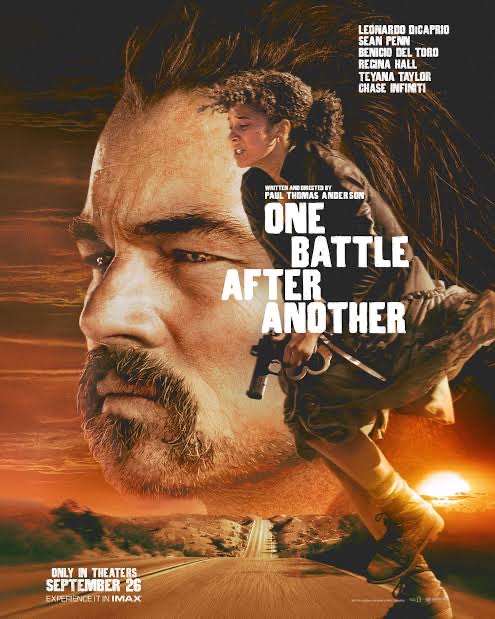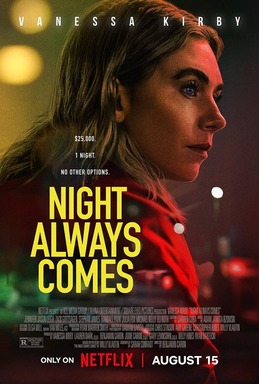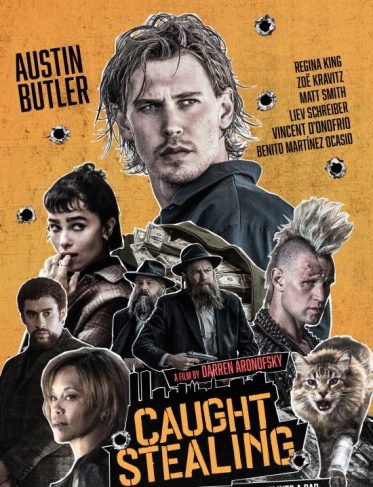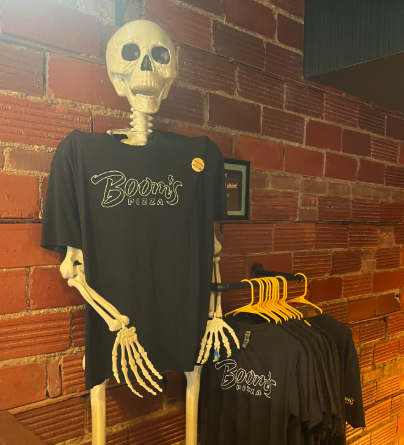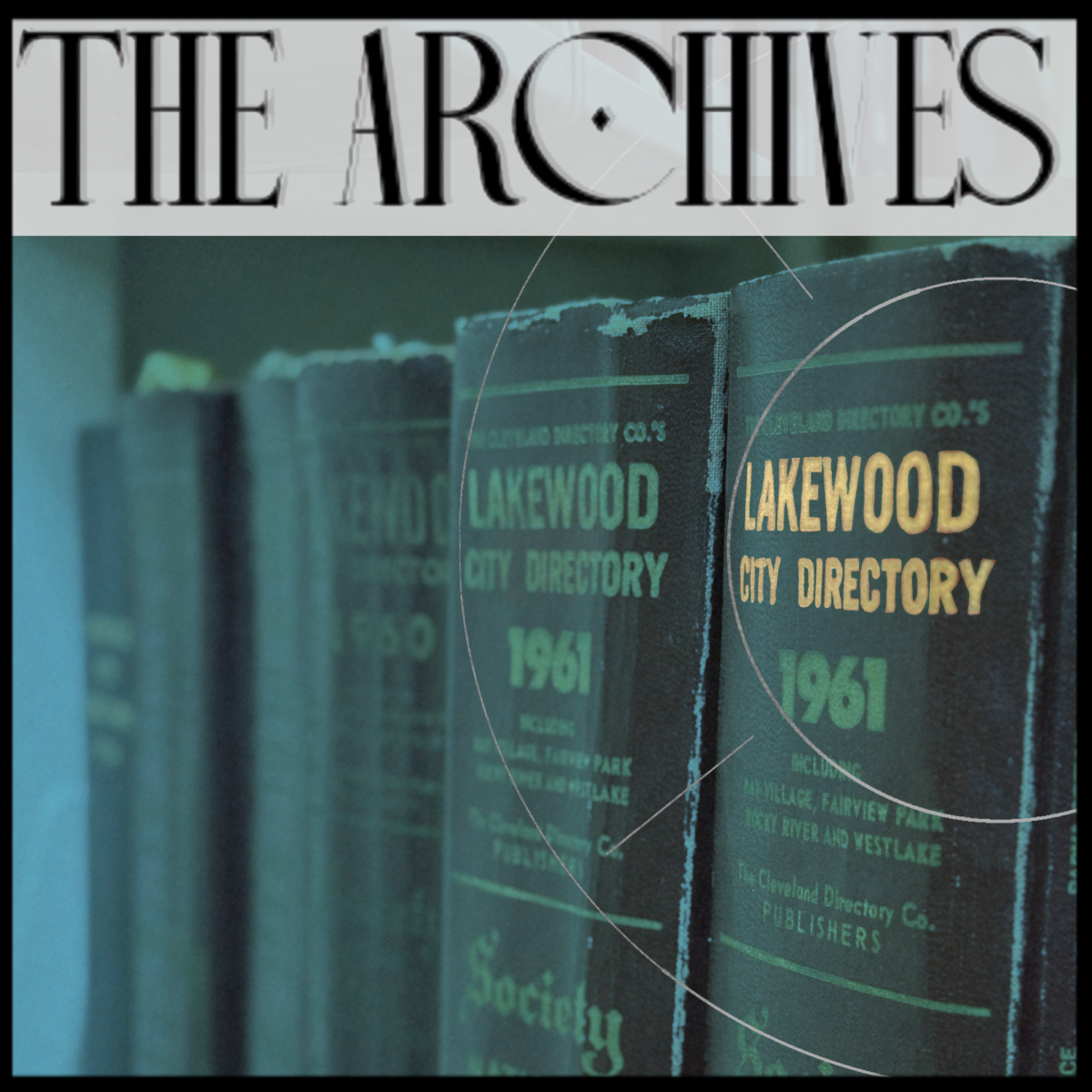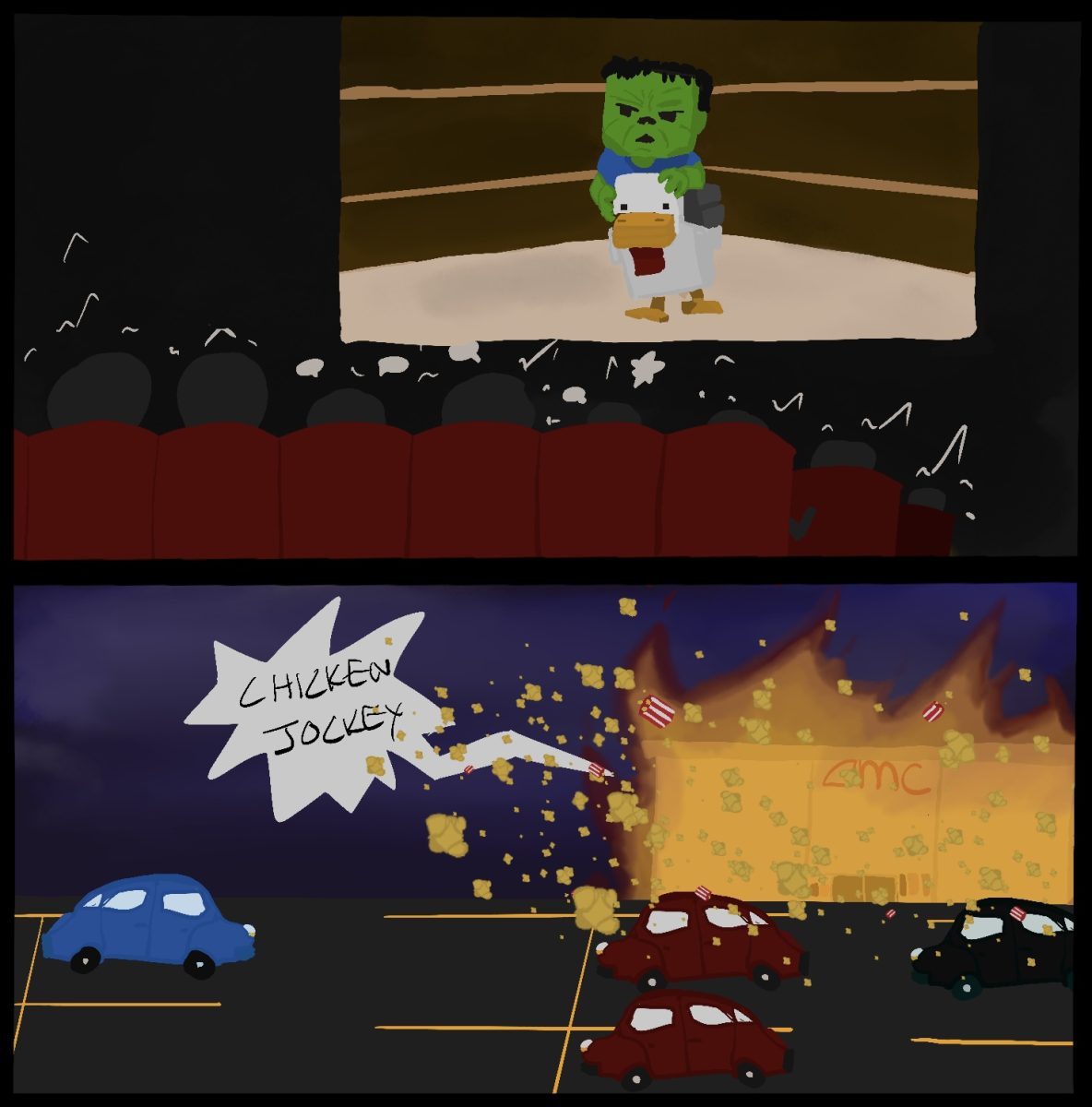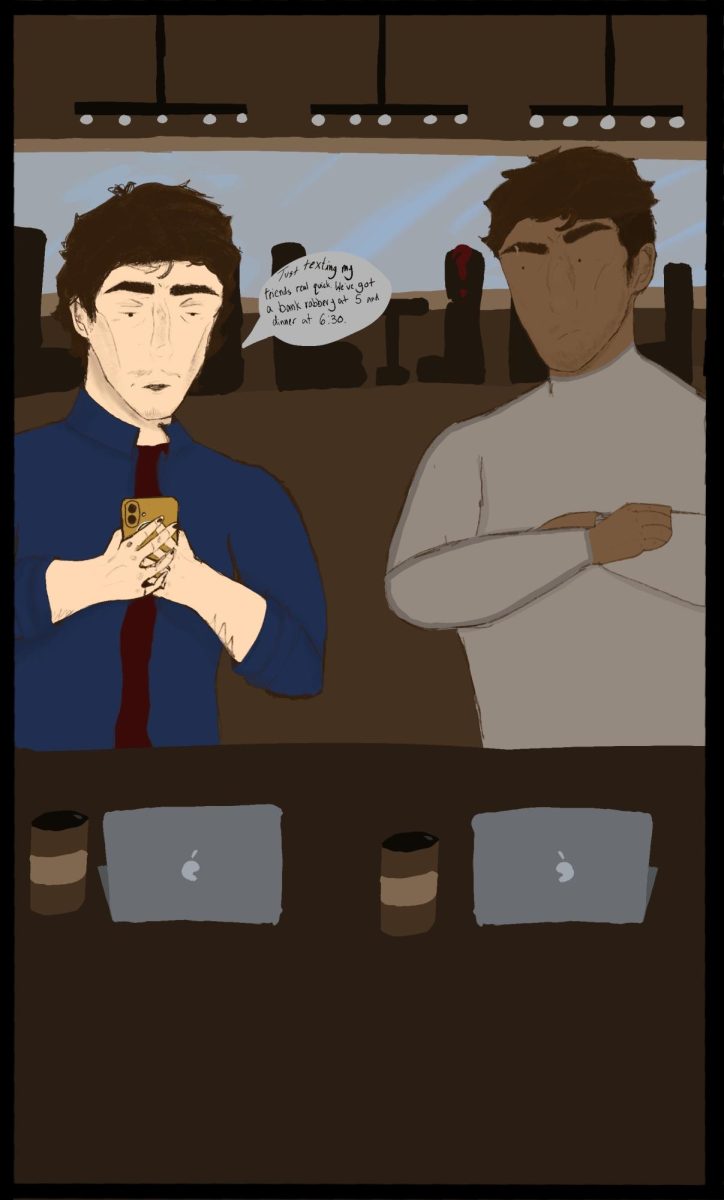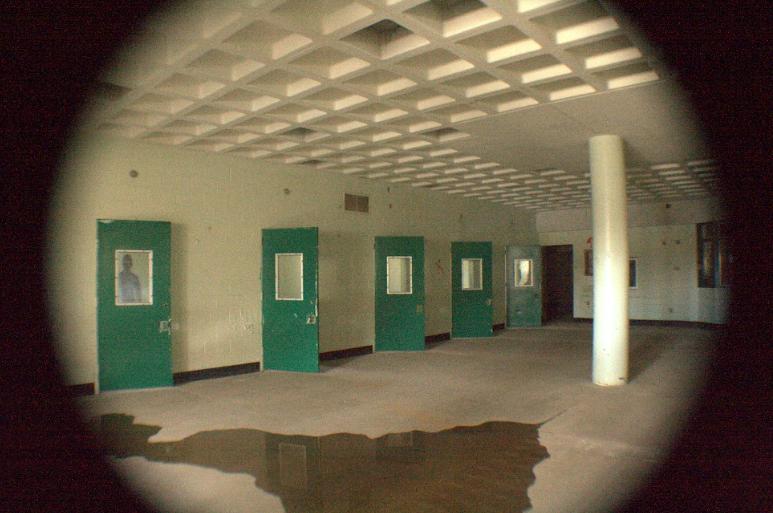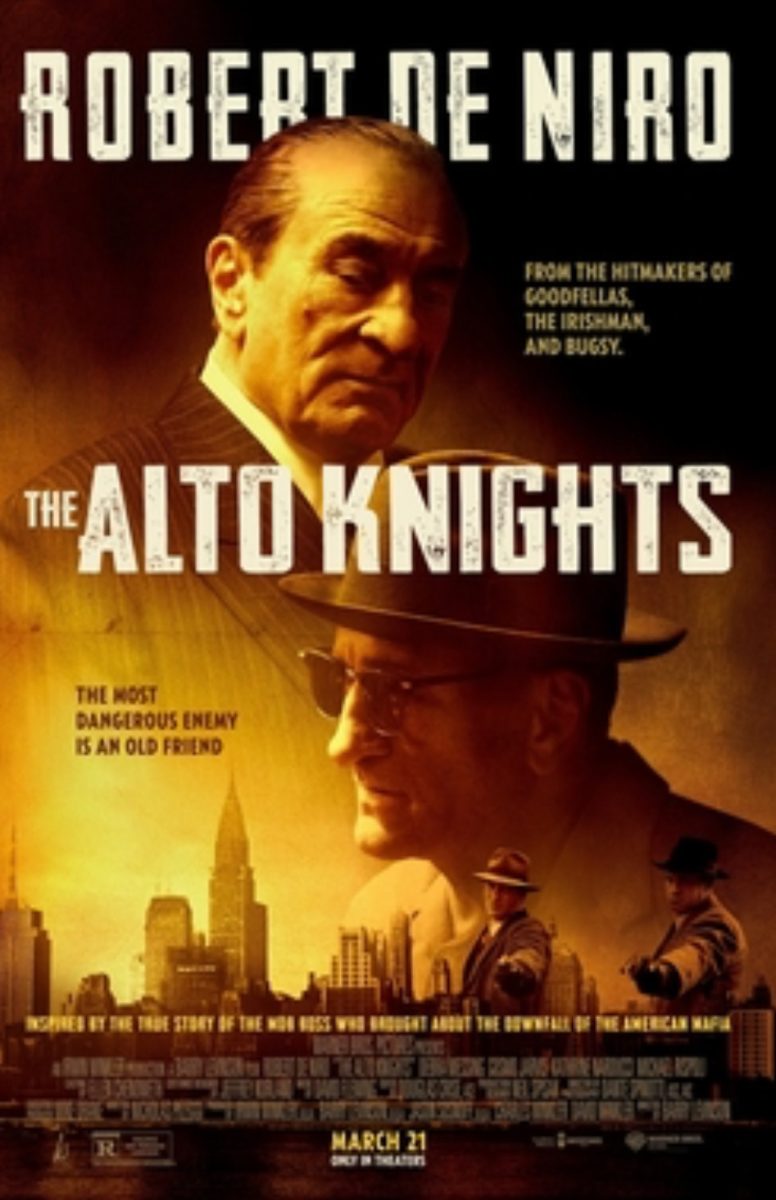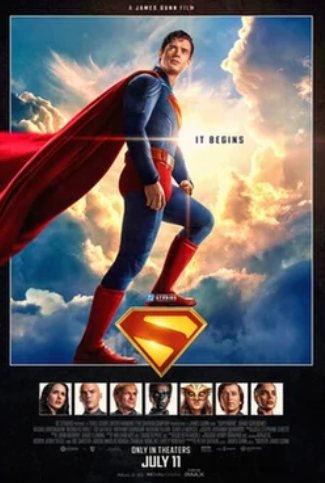Some of the most well-loved genres of film are mobster movies and crime thrillers. “Goodfellas,” “The Godfather,” and so many more have made the genre a staple of the film industry. One of the latest additions to the grand collection of films in these genres is “The Alto Knights.”
Barry Levinson’s 2025 film “The Alto Knights” is based on the true story of 1950s New York crime bosses Frank Costello and Vito Genovese, both portrayed by Robert De Niro. While these men may have begun as the best of friends, their lives go in different directions, leading to a feud that changes the messy world of organized crime forever.
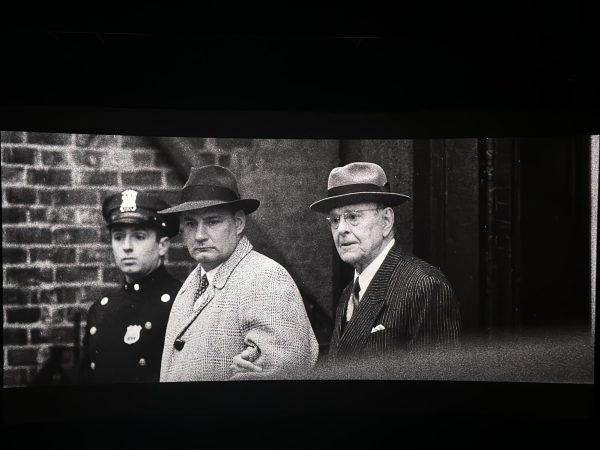
The film is a very stylized period piece set in the 1950s. At times, it acts like a documentary, with Robert De Niro delivering a voice-over similar to that of many other famous Mafia movies. The film also shows actual footage and photos from the time. These elements give the viewer insights into the scene that even the characters sometimes do not possess.
The film is built upon three pillars that make it the spectacle it is: the visuals, the characters, and the conversations. The last of those three may seem random when you think about it, but the film truly is about conversations. The film makes it feel like the viewer is conversing with Frank Costello as he tells stories of his life. While the film contains its fair share of violence, the truly exceptional aspects are the conversations between Costello and Genovese.
The film manages to tell just as much of the story through the visuals as it does in the writing. The film perfectly juggles the vibrant colors of the stylized 1950s setting, portions that take place in black and white, and sequences of an older Costello talking to the audience, telling the story with more modern visuals. This visual contrast adds to the documentary feeling of the film. The film also enhances this visual contrast by filming the documentary portions with a more stable camera, while the story-driven portions have a slightly shakier, handheld feel when it comes to camera work.
The characters are truly what carry the film. While Frank Costello may be the main character, Vito Genovese is just as important to the plot and the overall film.
Having both main characters played by the same actor is risky, but an actor as good as Robert De Niro made sure that this was not an issue. He gives each character a completely different vibe, whether it be their voice, facial expressions, or the overall way they carry themselves. By the end of the film, you barely remember they are played by the same person. De Niro portrays Costello as a more timid and soft-spoken character who prefers to keep to himself and enjoy the small aspects of life, while Genovese is more stubborn and aggressive. These characters’ differences are also greatly shown by their attire. Genovese is dressed in warmer colors and eye-catching patterns, while Costello dresses in more solid, cool colors.
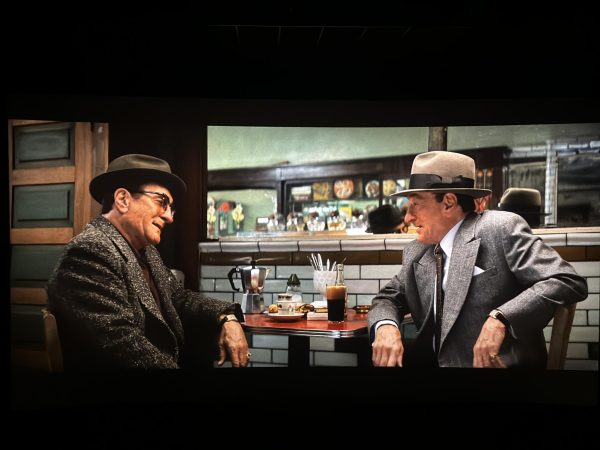
While the film is based on a true story, it is still impeccably written and has unexpected twists and turns that remind the viewer it’s a film, not a documentary. The smallest line of dialogue that the viewer can easily overlook can end up being a catalyst for some of the most important events throughout the film.
One of the aspects of the film that best cements it in the 1950s is the music. The use of jazz and lots of other music from the time, paired with composer David Flemming’s score, truly immerses the viewer and the film in the 1950s.
One of the iconic aspects of Mafia movies is the violence, and while “The Alto Knights” does contain its fair share of violence, it also shows great restraint in this area. This may pose an issue for some viewers, but it allows the story to take center stage.
While the film is fantastic, no film is immune to criticism. The most significant flaw in the film is the pacing and constant jumping around through time, which sometimes makes the film difficult to follow. This flaw is prominent in the film’s first half, but it still does not significantly hinder the viewer’s enjoyment throughout.
“The Alto Knights” mixes aspects of classic mob movies and documentaries to create an informational period piece that allows the audience to leave with both a small history lesson and immense entertainment. While it comes across issues with pacing at times, it’s a cohesive story that flows very well. The film contains far less violence than the average mob movie, allowing the writing and dialogue to stand out and carry the film more. “The Alto Knights” is a fascinating film that will leave many audiences wanting to research the true events it’s based on the second they step out of the theatre.


